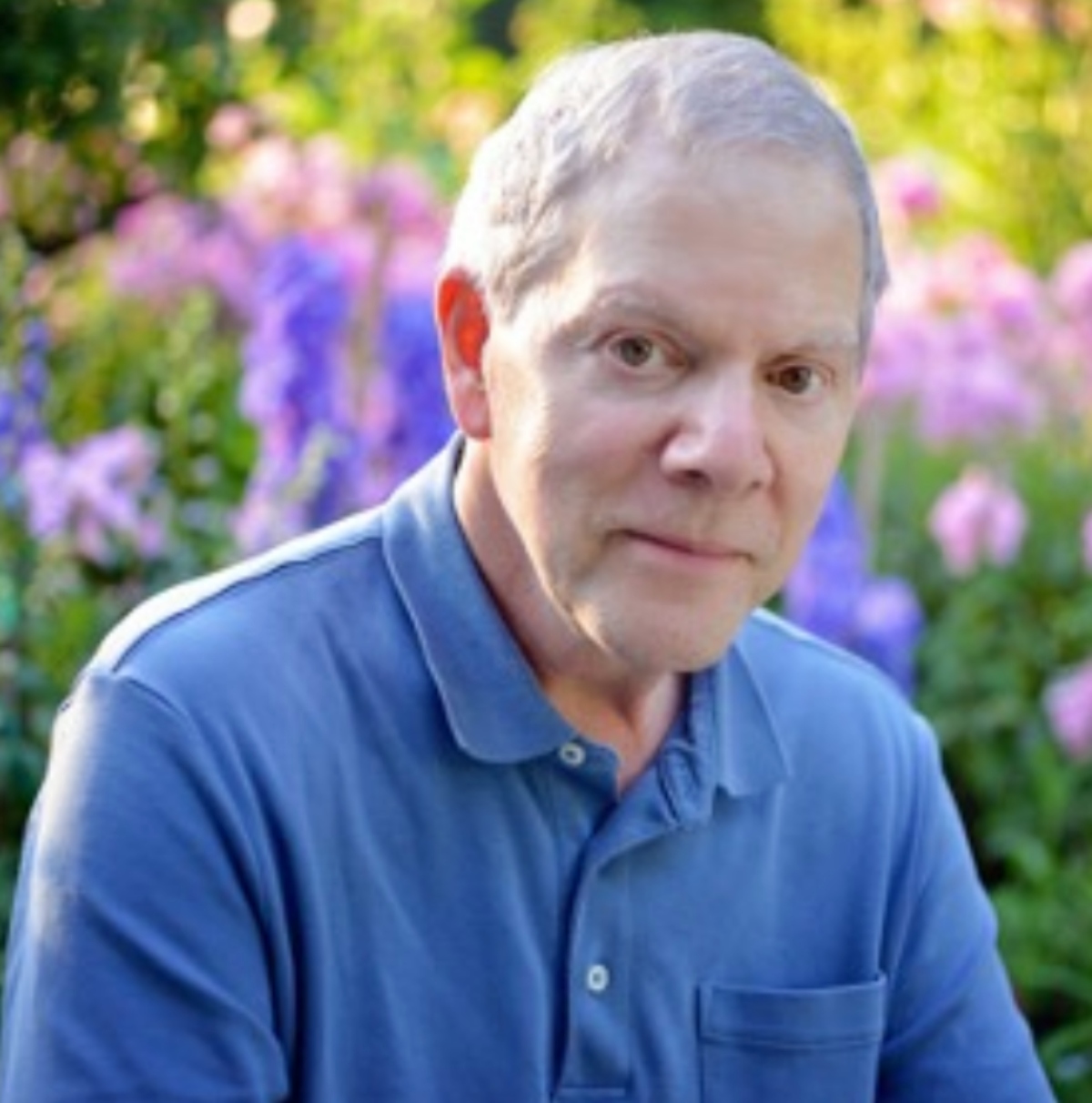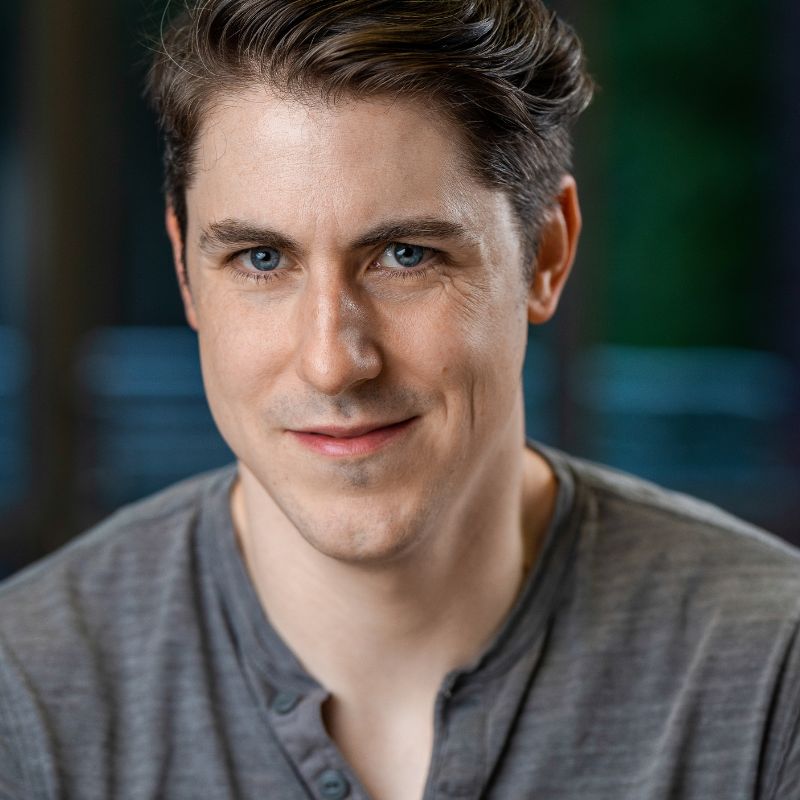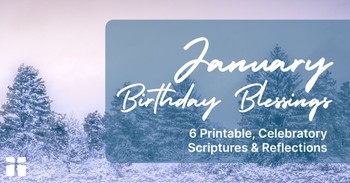With characteristic bravado, Percy Bysshe Shelley declared, “Poets are the unacknowledged legislators of the world.” If we expand the definition of the word poet to include everyone from songwriters to filmmakers, we can certainly grant that artistic expression plays a key role in shaping a culture—a point certainly not lost on the apostle Paul. On occasion, Paul drew from pagan poets, among them Epimenides, Aratus, and Menander. While we can stress that he did so in an effort to bolster the credibility of the gospel for those outside the church, we would also do well to recognize that he chose these quotations for their beauty and vitality. In Acts 17:28, for instance, he seizes on the vivid phrase “in him we live and move and have our being” to describe the relationship between God and humanity. Was this simply a ploy to score points with his pagan audience, or did Paul also relish the felicity of expression?
Eugene Peterson used to say that they ought to teach courses on literature in seminary. The reason for this is that the celebrated poets of a given age capture the richness and complexity of human experience in a manner unmatched by any textbook. In this sense, James Joyce’s Ulysses was revelatory for Peterson in disclosing the epic proportions of a regular day, built as it is on the architecture of Homer’s Odyssey. The suggestion may sound outlandish to some of us, but it’s not foreign to Scripture. Indeed, Paul’s habit of drawing on the arts is far from an isolated incident. Recall that the Lord calls Bezalel and Oholiab, two exquisite craftsmen endowed with wisdom and skill by the Holy Spirit, to lead a team of artists in designing the sacred spaces and instruments of Israel’s worship (Exodus 31:1-11). We would also do well to recognize that a full third of the Old Testament constitutes poetry.
Despite the Scriptural precedent, however, in my experience, artists often feel sidelined in our churches, viewed as intriguing curiosities at best and vain distractions at worst. How did we reach this strange impasse? Given what we’ve seen, we can say with confidence that suspicion of the arts has no place in God’s word.
Strange as it may sound, the arts face a similar challenge in the eyes of many believers as do the natural sciences. In short, both meet with frequent scrutiny because both have been used as substitutes for religion. If the natural sciences have a tendency to boast that they can offer a comprehensive explanation of reality that excludes God, artists have, on occasion, claimed to be divine creators in their own right, drawing on the infinite storehouse of the imagination. To make matters worse, this idolatrous ambition is often supported by modern men and women who view organized religion as outdated and moribund. For William Wordsworth or Ralph Waldo Emerson, a beautiful cathedral may be no more than a museum, but the human heart holds all the promises of true spiritual renewal. These spiritual nomads would counsel us to look to our inner divinity for deliverance.
In his celebrated essay “On Fairy-stories,” J.R.R. Tolkien offers a direct riposte to this vision of the artist. Whereas God creates from nothing (ex nihilo), human beings harness the materials of the created order to do their making.[1] When the artist puts paint on canvas, for instance, she is using the tools and techniques of a world independent of her will to depict scenes and images (no matter how abstract) that she first received as a gift. The argument is not that there is no such thing as human originality or creativity but rather that human beings cannot make what they have not first received. Human creativity is qualified by the fact that we are makers in the secondary sense. This is not true of the Father, Son, and Holy Spirit, who existed in a state of perfect, self-sufficient unity and harmony before He brought the created order into being. God is thus the creator in the primal sense, and human beings are “sub-creators,” according to Tolkien. Another way to make the same point is to acknowledge that we are creatures—men and women who have a Maker.
Ekstasis Magazine recently put together a thought-provoking post titled, “a working theory of culture”:
Story: The shaping emotive & narrative principle that we live by individually & societally.
The Arts: Expression of story, brought to life through literature, art, music & more.
Culture: Shared practices and artifacts that reflect these artistic expressions.
Atmosphere: Prevailing aesthetic environment that influences our cultural attitudes.
Desire: Impulses that are formed by an emotional climate, driving one toward action.
Action: Individual and collective movement that propels desire into activity.
Admiration: The approval of actions forms the feedback loop of what society values.
Narrative: The communication of links between atmosphere, desire, action & admiration.[2]
The dynamic captured by this theory of culture forms a significant complement to Shelley’s claim about artists being the unacknowledged legislators of our age. Though we may quibble over the precise connections between each of these parts, we can grant that artists play an indispensable role in shaping our culture. Practically speaking, these men and women provide us with deep insight into the hopes, longings, and fears of our moment. But of course, they do much more: The work of artists ought to be received first as a gift rather than an instrument of cultural analysis. No doubt, some of the concerns that immediately present themselves here have to do with the current idols of our age, many of them centered on human identity and sexuality. How do we strike a balance between appreciating the gifted men and women who are contributing to our cultural scene while resisting some of the more idolatrous expressions? Though there isn’t a perfect formula for this kind of discerning engagement, we can turn to Paul once again for wisdom on the matter. When he highlights the spiritual longings on display on the altar to the unknown God, he doesn’t simply linger in ambiguous territory. Instead, he moves from the altar to a proclamation of Christ and His resurrection. It’s a risky maneuver, and he loses some members of his audience, but this is always the case when we counter the idols of a given age with the person of Christ. We need to be willing to take that same risk.
Another question arises in this context. Are there Christian artists in these fields who are able to challenge the idols of our age? To be sure, there are, but it’s my prayer that we will see more. My question for all of us is, Are we encouraging the artists in our midst? Why don’t we start with those in our churches?
Photo Credit: Unsplash/Elena Mozhvilo
[1] Tolkien On Fairy-Stories ed. Verlyn Flieger and Douglas A. Anderson (New York: HarperCollins, 2014).
[2] Ekstasis Magazine. “A (working) theory of culture 🌀Story ⮕ The Arts ⮕ Culture ⮕ Atmosphere ⮕ Desire ⮕ Action ⮕ Admiration ⮕ Narrative ➟ What do you think?” Instagram, 10 July. 2024, https://www.instagram.com/p/C9KmMIrIMca/?img_index=2

Kenneth Boa equips people to love well (being), learn well (knowing), and live well (doing). He is a writer, teacher, speaker, and mentor and is the President of Reflections Ministries, The Museum of Created Beauty, and Trinity House Publishers.
Publications by Dr. Boa include Conformed to His Image, Handbook to Prayer, Handbook to Leadership, Faith Has Its Reasons, Rewriting Your Broken Story, Life in the Presence of God, Leverage, and Recalibrate Your Life.
Dr. Boa holds a B.S. from Case Institute of Technology, a Th.M. from Dallas Theological Seminary, a Ph.D. from New York University, and a D.Phil. from the University of Oxford in England.





